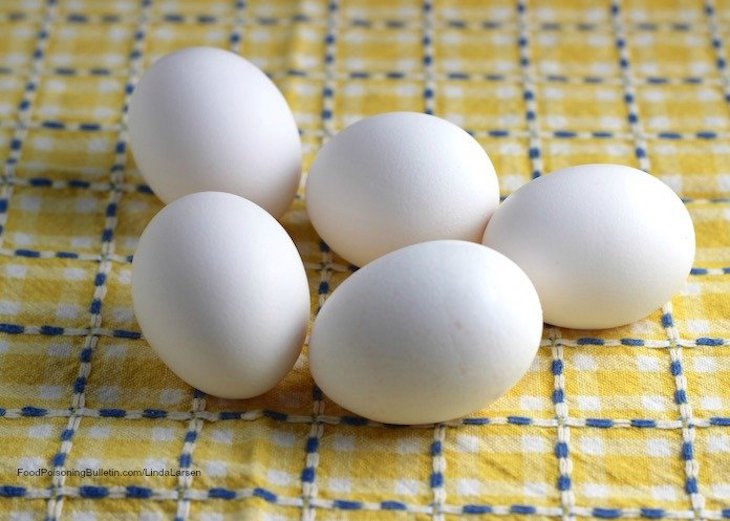Researchers at Flinders University in Australia have found a way to use sous vide to remove Salmonella from the surface of eggshells. The study was published in Foodborne Pathogens and Disease.
Sous vide is a cooking method where food is vacuum sealed inside plastic bags and immersed in a water bath for longer periods of time than other methods. The water temperature is set to the desired final internal temperature of the food.

Eggs can be contaminated with Salmonella bacteria, and in fact, several outbreaks in recent years have been linked to shell eggs. Because of this potential contamination, food safety experts advise consumers to cook eggs thoroughly to 160°F, avoid recipes that use uncooked and undercooked eggs, and to wash their hands thoroughly with soap and water after handling raw eggs.
Pasteurizing eggs, that is, heating them to a temperature hot enough to kill pathogens, can have different effects on the egg protein. Anyone who has tried to whip pasteurized egg whites knows that the coagulation and foaming properties of these eggs has changed because it can be difficult to whip pasteurized egg whites to firm peaks. This fact restricts the usability of pasteurized eggs.
In this study, the eggs were inoculated with two strains of Salmonella Typhimurium and placed in a sou vide cooker with the water heated to 134.6°F. The researchers did not put the eggs into a vacuum-sealed bag. Complete decontamination of Salmonella Typhimurium was achieved after the eggs were in the sou vide cooker for 9 minutes.
There was no statistical significant difference in the quality of the treated eggs compared to non treated eggs. The researchers checked foaming ability, foam stability, protein denaturation, and lumen pH, yolk indeed, and the difference in egg weight before and after sou vide treatment.
The eggs were then given to chefs to make mayonnaise. There was no difference observed in the chefs’ acceptance of the treated and untreated eggs. Seventy percent rated the overall acceptability and stability of mayonnaise made with the treated eggs as “like extremely.”
Previous studies have focused on eggs that are internally contaminated with Salmonella Enteritidis. This is the first study to examine decontamination of Salmonella Typhimurium on the eggshell. The researchers acknowledge that this method “may not be as effective for eggs internally contaminated with Salmonella Enteritidis.”




